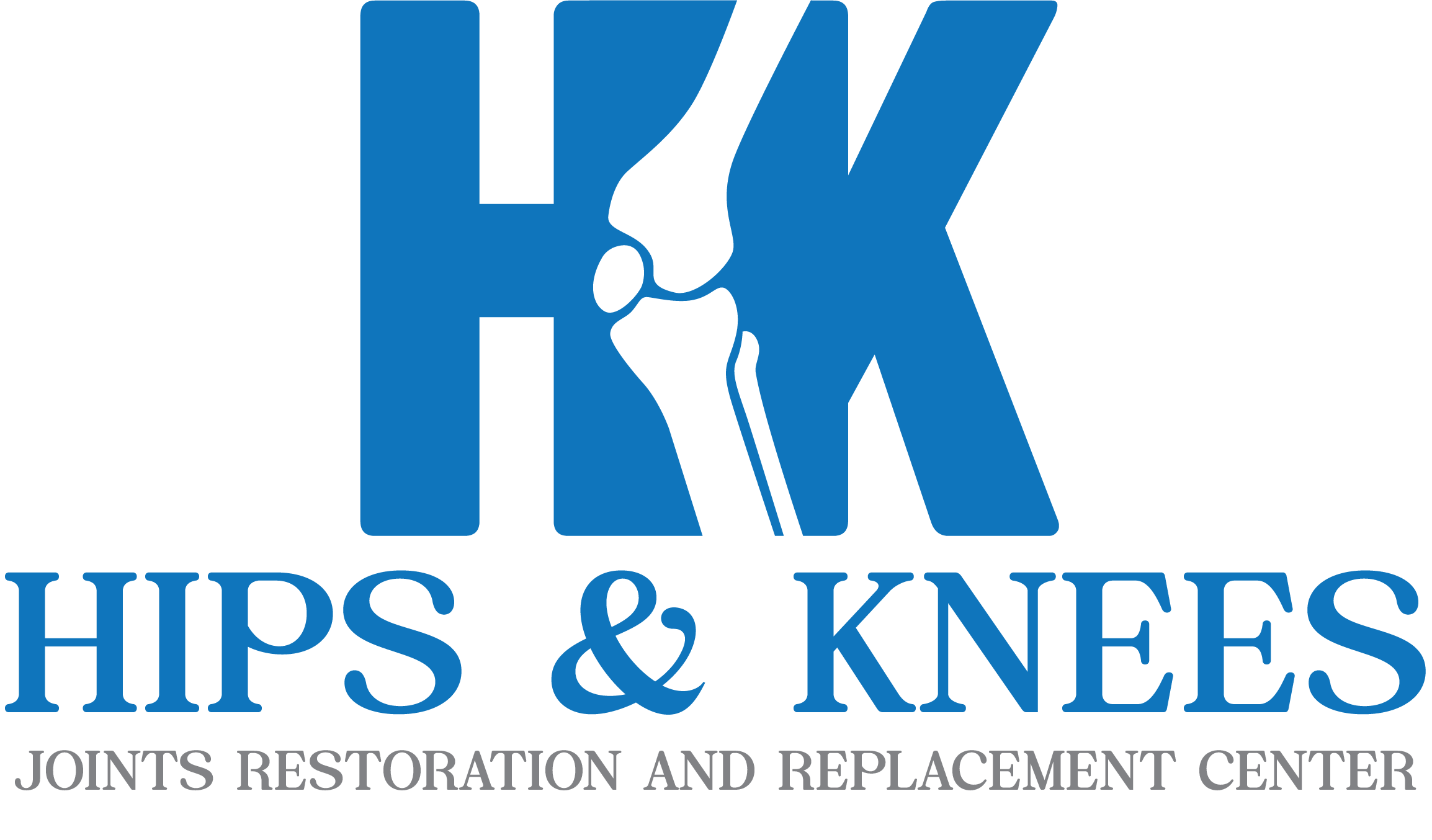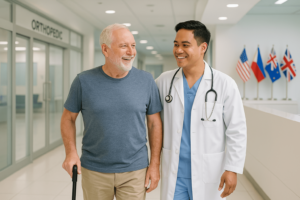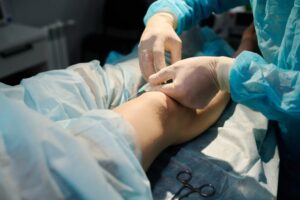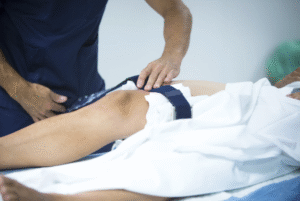Millions of people around the world struggle with joint pain and limited mobility due to arthritis, injuries, or degenerative conditions. When conservative treatments fail, total knee replacement becomes a life-changing option. However, for patients in countries like the USA, UK, Australia, and Canada, high medical costs and long waiting lists can make surgery feel out of reach. This has led many to explore knee replacement abroad, where internationally accredited centers such as the Hips and Knees Joint Restoration and Replacement Center in the Philippines offer world-class care at significantly lower costs.

Why Patients Choose Knee Replacement Abroad
Cost is one of the biggest motivators for patients seeking overseas knee surgery. In the United States and parts of Europe, a total knee replacement can cost between $30,000 and $60,000, often leaving patients uninsured or underinsured with overwhelming expenses. By traveling to the Philippines, patients save up to 50–70% compared to the same procedure at home.
Another factor is accessibility. Public healthcare systems in the UK, Canada, and Australia often have waitlists stretching over a year. Patients who are in daily pain cannot afford to delay treatment. Overseas medical tourism provides fast-track access, with surgeries scheduled within 2–4 weeks of consultation.
Safety and quality are equally important. Accredited facilities in the Philippines adhere to Joint Commission International (JCI) standards, ensuring surgical outcomes comparable to top Western hospitals. Surgeons are internationally trained, with expertise in advanced techniques like the Direct Anterior Approach (DAA) for minimally invasive surgery, which results in less pain and faster recovery. On top of this, patients benefit from Filipino hospitality, concierge-style medical tourism services, and recovery in a comfortable, vacation-like environment.
Understanding If You’re a Candidate for Surgery
Not every patient is immediately eligible for a total knee replacement. Typically, candidates include those suffering from:
- Severe osteoarthritis or rheumatoid arthritis
- Persistent pain not relieved by medication, injections, or physical therapy
- Stiffness and reduced mobility that interfere with daily activities
- Visible deformity or instability of the knee joint
Orthopedic specialists evaluate your medical history, imaging studies (X-rays, MRI, CT scans), and physical condition to determine suitability. If conservative treatments such as medications, injections, or minimally invasive procedures no longer provide relief, a knee replacement may be the best solution for restoring mobility and quality of life.
Choosing the Right Overseas Facility
When selecting a medical tourism destination, patients should look for a facility that meets international standards of care. Accreditation, surgeon qualifications, and transparent pricing are critical.
The Hips and Knees Joint Restoration and Replacement Center in the Philippines is a trusted option for international patients. The center specializes in minimally invasive hip and knee surgeries, with an expert team of surgeons including Dr. Lou Mervyn Tec, Dr. Mark Angelo Marañon, and Dr. Vincent Ryan Ang, all trained in Australia and internationally recognized for their expertise. Pain management during and after surgery is handled by Dr. Jacky Corpuz, a specialist in regional anesthesia trained in Belgium.
Patients also value transparent, all-inclusive packages that cover surgery, hospitalization, accommodations, rehabilitation, and even travel support. With no hidden fees and clear pricing upfront, the planning process becomes much less stressful.

Preparing for Your Knee Replacement Trip
Proper preparation is essential to ensure a smooth experience. Most patients book their surgery at least two months in advance, allowing enough time for travel arrangements and medical planning.
Key steps include:
- Virtual Consultation – A one-on-one video session with your surgeon helps establish expectations and answer questions.
- Medical Record Submission – Patients submit X-rays, lab results, and medical history for thorough review.
- Customized Quotation – A treatment plan with transparent pricing is provided, outlining all expenses from surgery to rehabilitation.
- Travel Planning – Flight bookings, visa requirements, and accommodations are arranged with support from the medical concierge team.
- Bringing a Companion – Patients are encouraged to travel with a family member or friend for additional support during recovery.
What to Expect Upon Arrival
Most centers, including Hips and Knees, provide a step-by-step care plan that begins as soon as you land.
- Day 1: Arrival and Rest – Patients are welcomed at the airport and transferred to a hotel or serviced apartment to settle in.
- Day 2: In-Person Consultation – Meet your surgeon, review your surgical plan, and finalize details.
- Days 3–4: Medical Workup – Undergo imaging, blood tests, and anesthesia clearance.
- Day 5: Prehabilitation – Work with physical therapists to strengthen muscles, which speeds up post-op recovery.
- Days 6–7: Final Optimization – Review medications, complete final checks, and prepare mentally and physically for surgery.
On surgery day, the procedure takes place at a JCI-accredited hospital. Patients are cared for in private hospital rooms, with advanced pain management, attentive English-speaking staff, and daily surgeon visits. Most are discharged by Day 11, already walking with assistance.
Recovery and Rehabilitation Overseas
After discharge, patients continue their recovery in comfortable accommodations such as hotels or serviced apartments located near physiotherapy centers. The rehabilitation plan often includes:
- 2–3 physiotherapy sessions per week
- Weekly surgeon check-ins
- Optional nurse visits for wound care or medication management
- Gentle leisure activities to maintain a positive mindset
Most patients regain light mobility within 4–6 weeks, while full recovery may take several months. Telemedicine follow-ups ensure continuity of care even after patients return to their home country.
Country-Specific Considerations
Different countries face unique challenges, making overseas surgery especially appealing:
- United States – Patients save thousands of dollars while receiving US-standard care abroad, avoiding insurance hurdles and long waits.
- United Kingdom – Overseas surgery eliminates long NHS waitlists and provides immediate access to treatment.
- Australia – With surgeons trained in Australia, patients enjoy familiar standards of care while saving significantly compared to private surgery at home.
- Canada – Surgery abroad helps patients bypass lengthy public waitlists and high private healthcare costs.
Expert Tips for a Smooth Experience
- Book your surgery early to allow for thorough preparation.
- Ask your surgeon about minimally invasive options and implant types.
- Commit to physiotherapy and follow rehabilitation protocols closely.
- Plan your travel logistics in advance, including recovery-friendly accommodations.
- Bring a trusted companion for emotional and physical support.
- Stay in touch with your surgical team through telemedicine after returning home.
Frequently Asked Questions (FAQs)
How much does knee replacement cost in the Philippines?
Patients typically save 50–70% compared to surgery in the USA, UK, Canada, or Australia, with all-inclusive packages covering surgery, hospital care, and accommodations.
How do I know if I am a candidate for knee replacement abroad?
Your eligibility is determined after reviewing your medical history, imaging results, and physical condition during a consultation with an orthopedic specialist.
What is included in an all-inclusive package?
Packages usually include surgery, hospital stay, rehabilitation sessions, accommodations, and travel assistance.
How long should I plan to stay overseas for surgery?
Most patients stay for 3–4 weeks to allow for surgery, initial recovery, and rehabilitation before returning home.
Is recovery overseas safe compared to my home country?
Yes. Accredited hospitals and internationally trained surgeons provide the same standards of safety and quality you would expect at home.
How is aftercare managed once I return?
Patients receive telemedicine follow-ups and detailed rehabilitation instructions, with the option of coordinating care with local physiotherapists.








